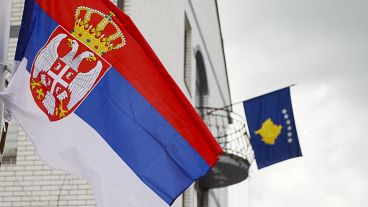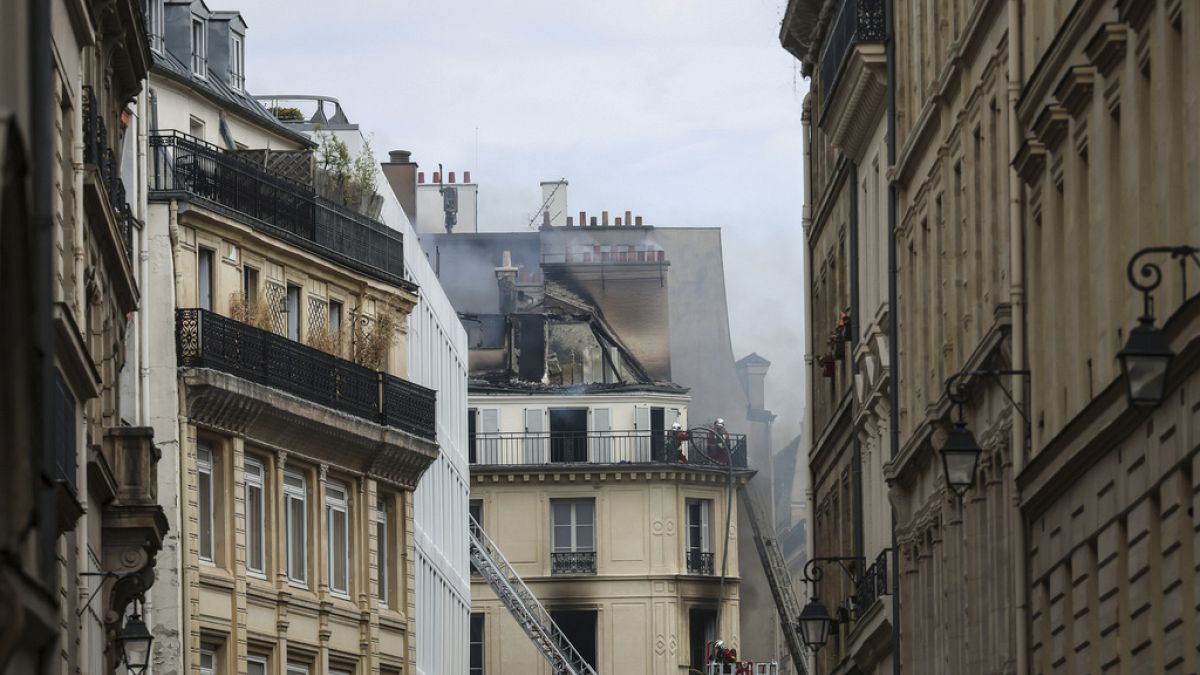While Serbia saw the biggest increase in apartment prices per square metre over the year, there is one country in Europe that still has the highest price per square metre, as well as the highest average income.
Although the ongoing cost of living crisis, as well as soaring inflation and higher interest rates have acted as deflators somewhat, several European countries have still seen higher apartment prices per square metre over the past year.
According to a study by Deluxe Holiday Homes using data from the Bank of International Settlements (BIS) and Numbeo, Serbia takes the crown for the steepest rise in apartment prices from 2023 to 2024. Lithuania comes in at second place, with Romania a close third. Malta and Spain have also seen significant apartment price increases in the last year.
Although Serbia saw the largest increase in apartment prices over the year, Switzerland still retains the highest price per square metre, at $20,452 (€18,781), as well as the highest average income and cost of living. On the other hand, Greece has the lowest price per square metre, at $3,157 (€2,899).
Serbia
In Serbia, apartment prices per square metre surged 82.66% from 2023 to 2024, to some $4,052 (€3721), however, the average income did not seem to keep up, coming in at $832 (€764) per month on average. However, the cost of living is relatively low in Serbia at $698 (€641) per month, potentially cushioning the exponential rise in apartment prices somewhat.
One of the main reasons for Serbia's strong apartment price growth is that interest rates on housing loans are still quite low. There is also a lot of investment in property from citizens trying to direct their foreign currency savings into the sector.
This is often one of the most profitable ways to invest foreign currency in Serbia, as foreign currency savings earn very little interest in banks. On the other hand, exchange rate fluctuations continue to pose a major threat.
Investing directly in Serbian real estate also makes more sense for people in non-traditional or flexible jobs, as without permanent employment, they have little hope of getting bank home loans. The lack of other suitable investment opportunities has also led to additional interest in the real estate sector.
A large amount of cheaper construction and infrastructure options in the suburbs and outskirts of cities has also meant that not too much capital is required to become an initial real estate investor in Serbia.
The Russia-Ukraine war has also led to a large influx of Russian and Ukrainian renters in Serbia in the last few months, looking to escape the war and its effects. As a result, they usually offer to pay more for apartments, leading to landlords often evicting current tenants in order to accommodate them.
Lithuania
Lithuanian apartment prices soared 75.78% from 2023 to 2024 to $4,841, with living expenses coming in a little higher than Serbia at $828 per month on average. However, average salaries were almost double the Serbian rate at $1,624 per month.
As such, although Lithuanian property prices have still been growing strongly recently, this inflation does not seem to have spilt over too much into living expenses yet, as compared to the rest of Europe.
Lithuanian apartment prices have risen due to several reasons over the last several months. One of the main factors is relatively strong wage growth in some sectors, in order to keep up with higher inflation.
The country has also seen the cost of building materials increase significantly, as well as the cost of labour. In the last few years, many more IT and other sector companies have set up base in Vilnius and other bigger cities, due to the relatively cheap operating costs. As a result, there has been an influx of employees and their families looking for apartments in those areas.
Furthermore, during the pandemic and afterwards, several Lithuanian real estate sellers, unlike their Western European counterparts, chose to wait out the slump, instead of lowering their prices.
Similarly, the housing development market was also considerably active, while also offering added benefits to potential buyers. As such, the country still managed to emerge from the pandemic with a relatively strong real estate market.
Romania
In third place was Romania, with a 74.50% jump in apartment prices, at $3,185 per square meter. However, the cost of living was still considerably low compared to its Western European counterparts at $679. On the other hand, the average income was also moderately low at $1,093.
Romanian apartment prices have seen high increases over the last several years due to increased demand, and the shortage of new apartments. This was mainly because of higher construction costs, as well as a shortage of labour and unsupportive fiscal measures.
Infrastructure development picking up in the last few years and wages also growing somewhat have led to increasing demand in the real estate sector recently.
Malta
Apartment prices in Malta rose at a relatively slower pace than the above countries from 2023 to 2024, at 47.54%, with the price per square metre being $3,700 (€3,397). However, Malta also had a relatively high cost of living at $1,000 (€918) per month, while average incomes stayed only a few steps ahead of costs at $1,369 (€1,257)per month.
This could reflect the growing demand for Mediterranean property, given significant tax and legal changes recently in key European countries such as the UK and France. This has led to several higher-net worth individuals from these countries leaving to set up base in other European countries with more welcoming regulations such as Malta and Italy.
Malta's small size and relatively high population have also led to high demand for both land and apartments, due to their perceived scarcity, further pushing up prices. Due to several of the available apartments being rented out as Airbnbs and short-term rentals to cater to the country's high tourism, the number of apartments for locals has decreased further. This in turn, also contributes to the price surges.
Spain
Spain was ranked in fifth place, with a 44.34% increase in apartment prices, at $6,139 (€5,637) in the past year. However, the cost of living still remained quite low at $828 (€760), almost on par with Eastern European economies, despite Spain's relatively stronger economy and robust tourism sector.
Average salaries were also still high at $2,409 (€2,212), indicating that the country may be well on its way to recovering from the blows of the pandemic.
The key reason driving the jump in Spanish apartment prices is due to a large chunk of available apartments being in areas which are considered touristic. These include San Sebastian, Madrid, Valencia, Barcelona, Palma, Alicante and Costa del Sol cities.
As a result, like in Malta, several of the available apartments there are either taken up by expatriates, or by short-term rentals, leaving locals to pay higher prices for fewer apartments. The recovery of the real estate sector in the last few years, and the booming of post-pandemic travel have both also contributed to this.















